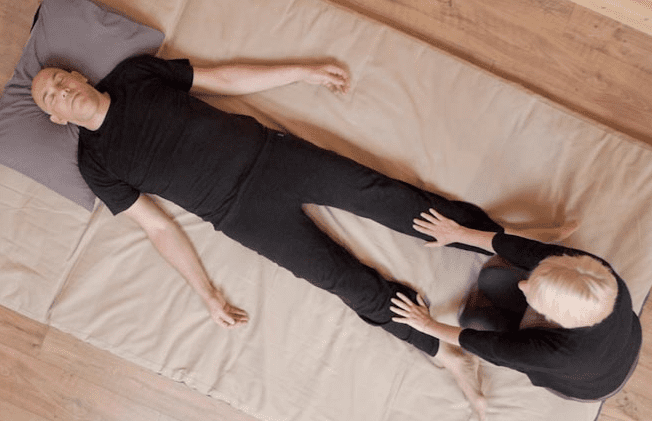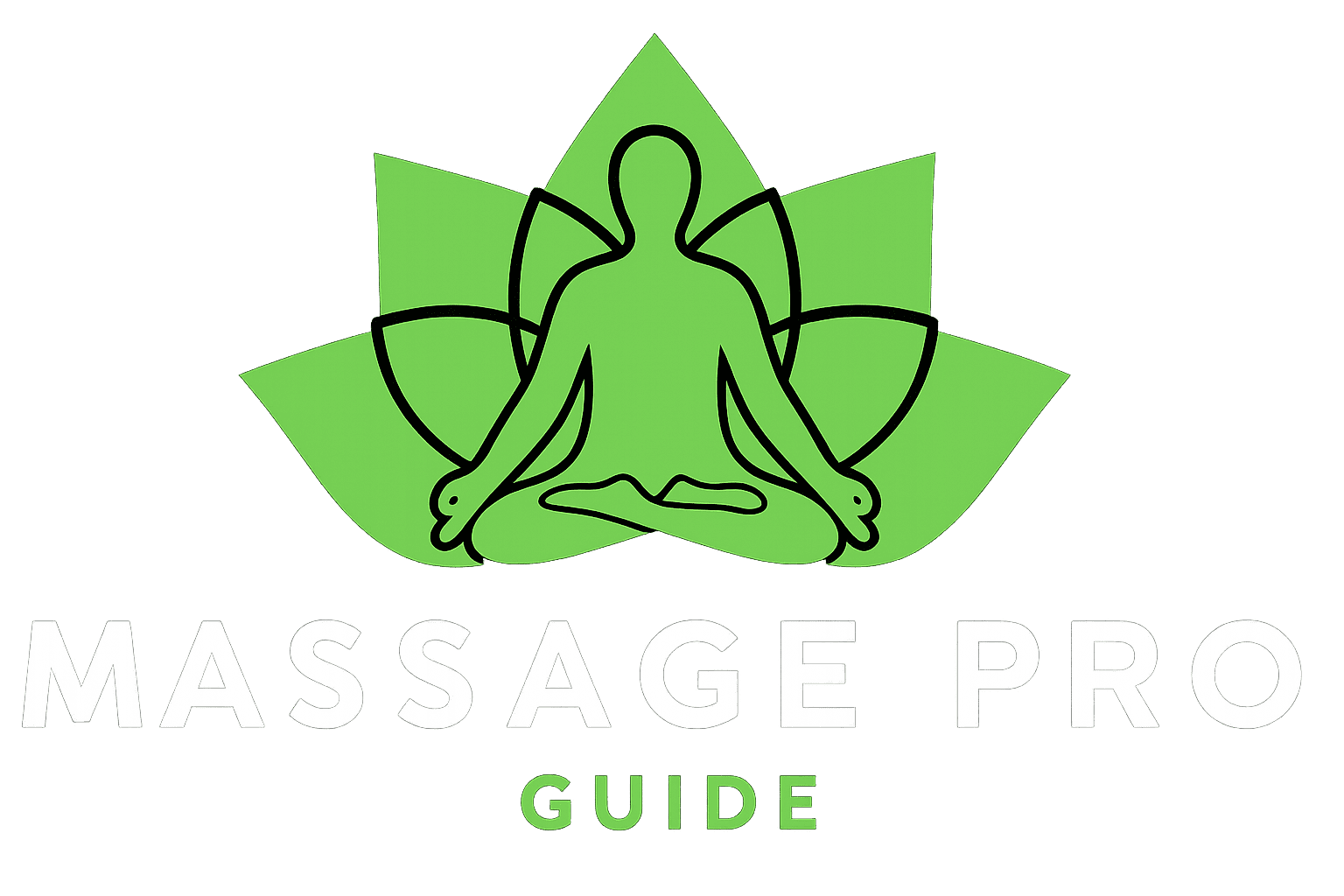Interested in learning more about the relaxing world of futon massage? This one-of-a-kind massage technique has gained popularity due to its holistic approach and therapeutic effects. In contrast to traditional massages, futon massage is performed on the floor on a soft futon mat, combining aspects like stretching, pressure points, and joint mobilization. It promotes overall well-being by providing a deep sense of relaxation, relieving muscle tension, and promoting overall well-being. In this blog post, we will explore futon massage’s origins, benefits, techniques, and what to expect during a session.
Whether you’re looking for stress alleviation, pain relief, or a refreshing experience, knowing the ins and outs of futon massage can help you make an informed decision about adopting this ancient practice into your daily routine. Get ready to enjoy the peace and energy that a futon massage can give you.
What is a futon massage?
Table of Contents
A futon massage is a unique type of massage therapy performed on the floor on a comfortable mat. It involves stretching, pressure points, joint mobility, and rhythmic movements to promote relaxation, reduce muscle tension, increase circulation, and improve general well-being. This massage incorporates components of traditional Eastern therapies to provide a holistic approach to healing and rejuvenation. Futon massage is a peaceful and therapeutic experience that allows people to reconnect with their bodies and acquire a deep sense of relaxation and balance.
Read: Almond Oil vs Olive Oil for Baby Massage
The Benefits of Futon Massage:
Futon massage has numerous appealing advantages for relaxation and rejuvenation. Here are some of the primary benefits of this one-of-a-kind massage technique:
1. Deep Relaxation:
Futon massage is performed on the floor on a comfy futon mat, allowing your body to sink into a state of deep relaxation. The soothing strokes and soft movements assist in relaxing your mind and relieving stress, resulting in a profound sense of peace.
2. Stress Relief:
In today’s fast-paced world, stress can affect our overall well-being. Futon massage is an effective stress reliever, reducing anxiety and mental fatigue. A mix of mild touch, stretching, and rhythmic motions promotes relaxation and harmony.
3. Muscle Tension Release:
If you suffer from muscle tightness or stiffness, futon massage can help. The therapist uses stretching and joint mobilization procedures to relieve tension, enhance flexibility, and encourage better posture. This can be especially advantageous for people who lead sedentary lifestyles or recover from injuries.
4. Improved Circulation:
Futon massage improves blood circulation by applying pressure on certain spots and flowing strokes. Improved circulation not only distributes important nutrients and oxygen to tissues but also aids in the clearance of metabolic waste, leaving you feeling refreshed and energized.
5. Improved Well-being:
In addition to physical benefits, futon massage improves emotional and mental well-being. The release of endorphins during the massage helps to improve mood, reduce depression, and increase overall satisfaction.
Techniques Used in Futon Massage:

Futon massage is a collection of techniques that work together to provide a therapeutic and soothing experience. Here are some of the most prevalent futon massage techniques:
- Stretching: Stretching is an important part of futon massage, as it helps to enhance flexibility and restore range of motion. The practitioner will gently guide your body through a series of stretches that will target various muscle groups and joints. This approach not only relieves tension but also improves muscle mobility and flexibility.
- Pressure points: Futon massage includes the application of pressure to particular areas throughout the body’s energy lines. The therapist can restore energy balance and promote healing by activating these acupressure spots. This technique relieves pain, reduces muscle knots, and improves energy flow throughout the body.
- Joint Mobilization: Joint mobilization entails gentle movements and manipulations directed at the joints to promote correct alignment and function. The therapist gently squeezes the joints, which helps to loosen stiffness, extend the joint range of motion, and lessen pain. This approach is very effective for people with joint problems or restricted movement.
- Rhythmic Movements: A hallmark of futon massage is its emphasis on rhythmic and flowing movements. Long, sweeping strokes are used by the therapist, who uses their palms, fingers, forearms, and elbows. These smooth movements promote harmony and relaxation, generating a meditative state and helping the body to release stress.
- Deep Breathing: Deep breathing methods are frequently used in futon massage to induce relaxation and concentration. Throughout the session, the therapist may direct you to take slow, deep breaths, which will assist in calming your nervous system and enhance the therapeutic effects of the massage.
Precautions and Considerations:
Before indulging in a futon massage session, it is critical to be aware of certain precautions and considerations to have a safe and comfortable experience. Here are some important things to remember:
Health Concerns:
You must talk with your healthcare physician before receiving a futon massage if you have any underlying health disorders or medical concerns. Certain conditions like pregnancy, high blood pressure, recent injuries, or surgeries may require modifications or even contraindicated futon massage. For your safety, always provide any pertinent information to the massage therapist.
Qualified Practitioner:
Select a futon massage therapist who is both qualified and experienced. Look for recognized massage therapy organizations’ credentials, licenses, or affiliations. A knowledgeable practitioner can give an effective and safe futon massage session.
Communication:
Communicate your expectations, preferences, and specific areas of concern to the therapist before the appointment. Clear communication lets the therapist personalize the massage to your specific needs while avoiding applying excessive pressure or causing discomfort.
Comfortable Clothing:
Wear loose, comfortable clothing that allows for unrestricted movement during the session. This enables the therapist can successfully execute stretches and manipulations. Wearing jewellery or items that could interfere with the massage is not recommended.
Hydration and Rest:
Drinking water before and after the massage helps your body hydrate and flush out toxins generated throughout the session. Allow yourself time to rest and relax after the massage to truly appreciate its effects.
Finding a Reputable Practitioner:
Seek recommendations from trusted sources, check reviews, or contact local massage therapy associations for referrals to find a reputable futon massage practitioner. Conducting research and selecting a competent professional ensures a safe and pleasurable futon massage session.
Read: Japanese Massage Chair
Conclusion:
Finally, futon massage provides a one-of-a-kind and holistic approach to relaxation, stress alleviation, and overall well-being. This ancient technique gives a healing experience by combining stretching, pressure points, joint mobilization, and rhythmic motions. Deep relaxation, stress alleviation, muscle tension release, better circulation, and overall well-being are all advantages of futon massage.
When seeking a futon massage session, ensure you communicate your needs, choose a qualified practitioner, and consider any health conditions or precautions. By embracing the serenity and revitalization of futon massage, you can unlock a path to profound relaxation and inner balance. Exploring the benefits of futon massage will help you achieve wellness and tranquillity.

